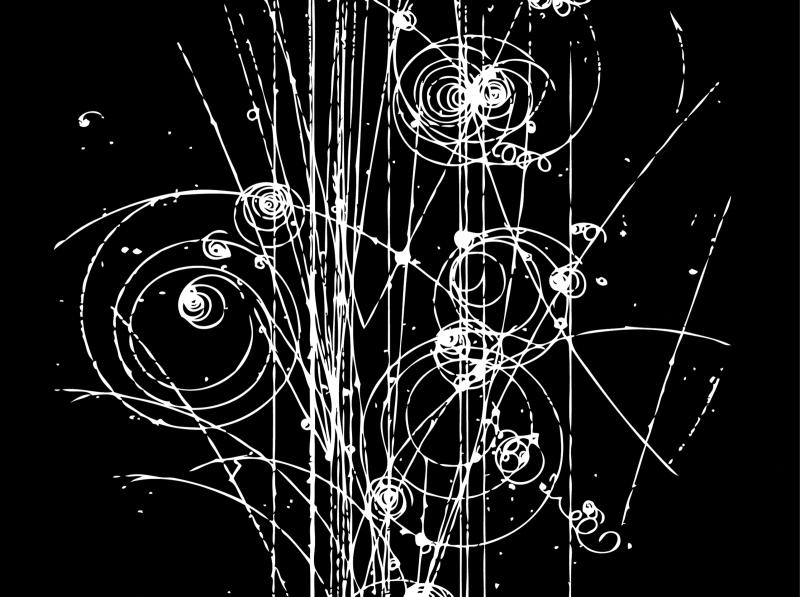Particle collisions are the foundation of modern high-energy physics and play a critical role in advancing our understanding of the universe’s fundamental building blocks. At the atomic and subatomic levels, particles interact through a variety of forces, resulting in various forms of collision events. These events reveal the underlying properties, behavior, and interactions of particles, giving scientists valuable insights into the nature of matter and energy.

Large particle accelerators, such as the Large Hadron Collider (LHC) at CERN, are designed to facilitate high-energy particle collisions by propelling beams of charged particles at nearly the speed of light. These powerful machines provide a controlled environment where physicists can study the outcomes of these collisions and explore the fundamental forces governing the universe, such as the electromagnetic, weak, and strong nuclear forces.
The study of particle collisions has led to groundbreaking discoveries in the field of particle physics, including the identification of new elementary particles, like the Higgs boson. The Higgs boson, discovered in 2012, is responsible for imparting mass to other particles, a key aspect of the Standard Model of particle physics. As scientists continue to investigate particle collisions, they hope to uncover more clues about the origin and nature of the universe, potentially even discovering new forces and particles that could reshape our understanding of reality
